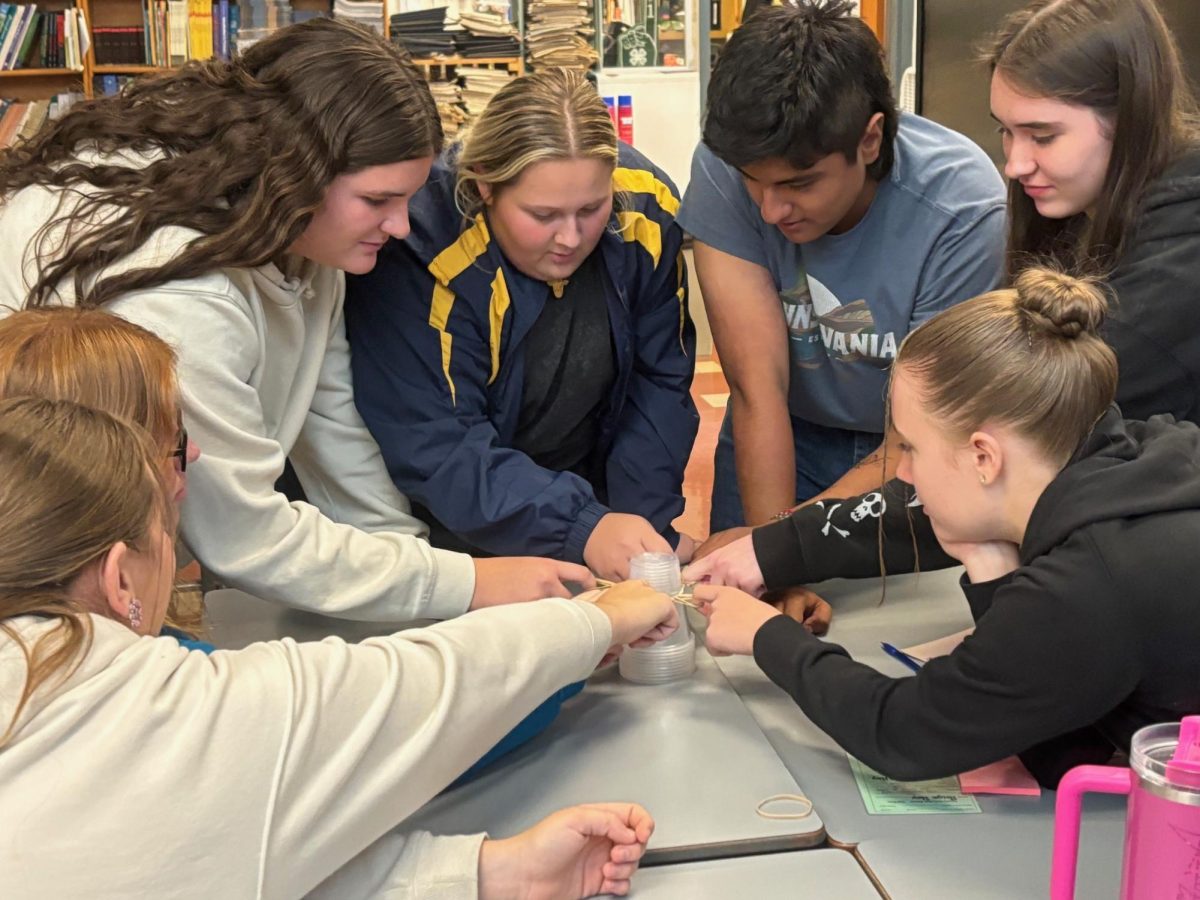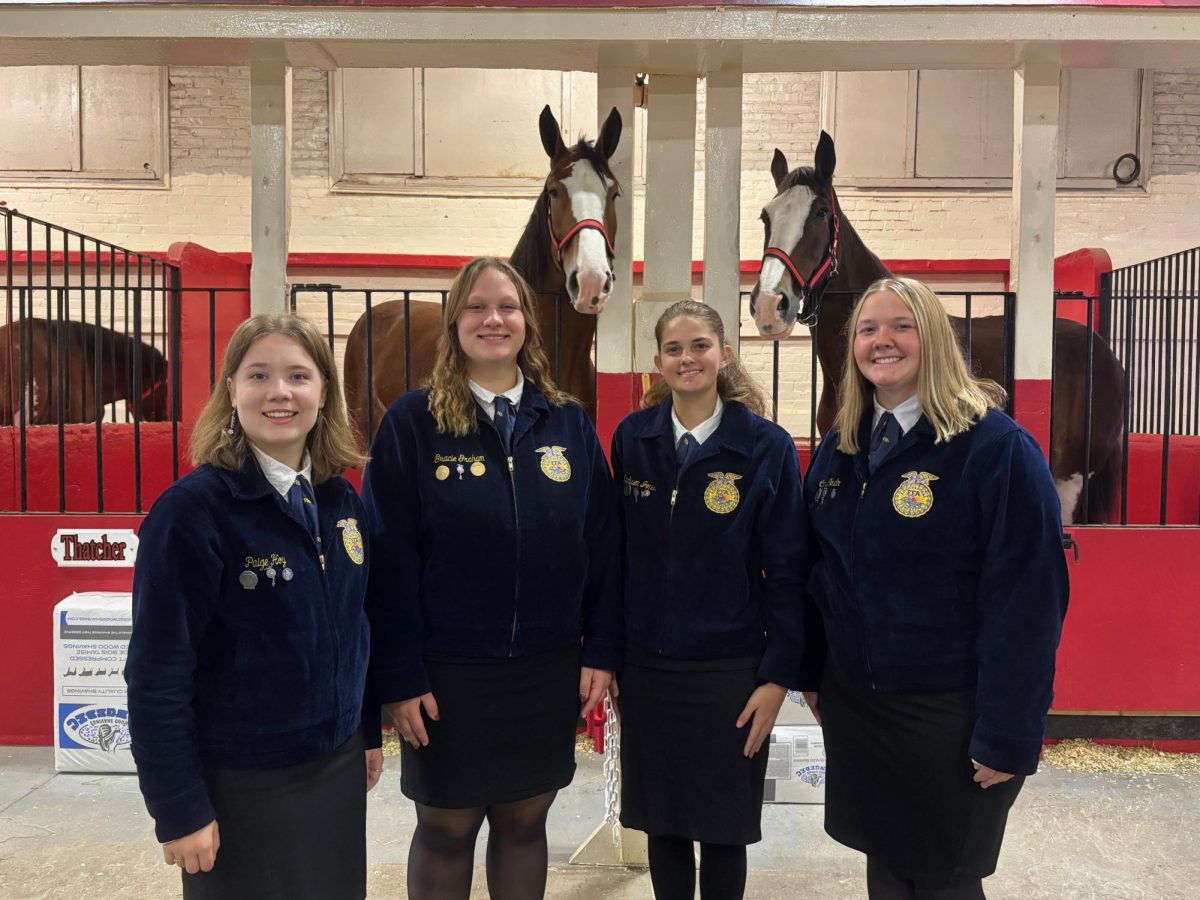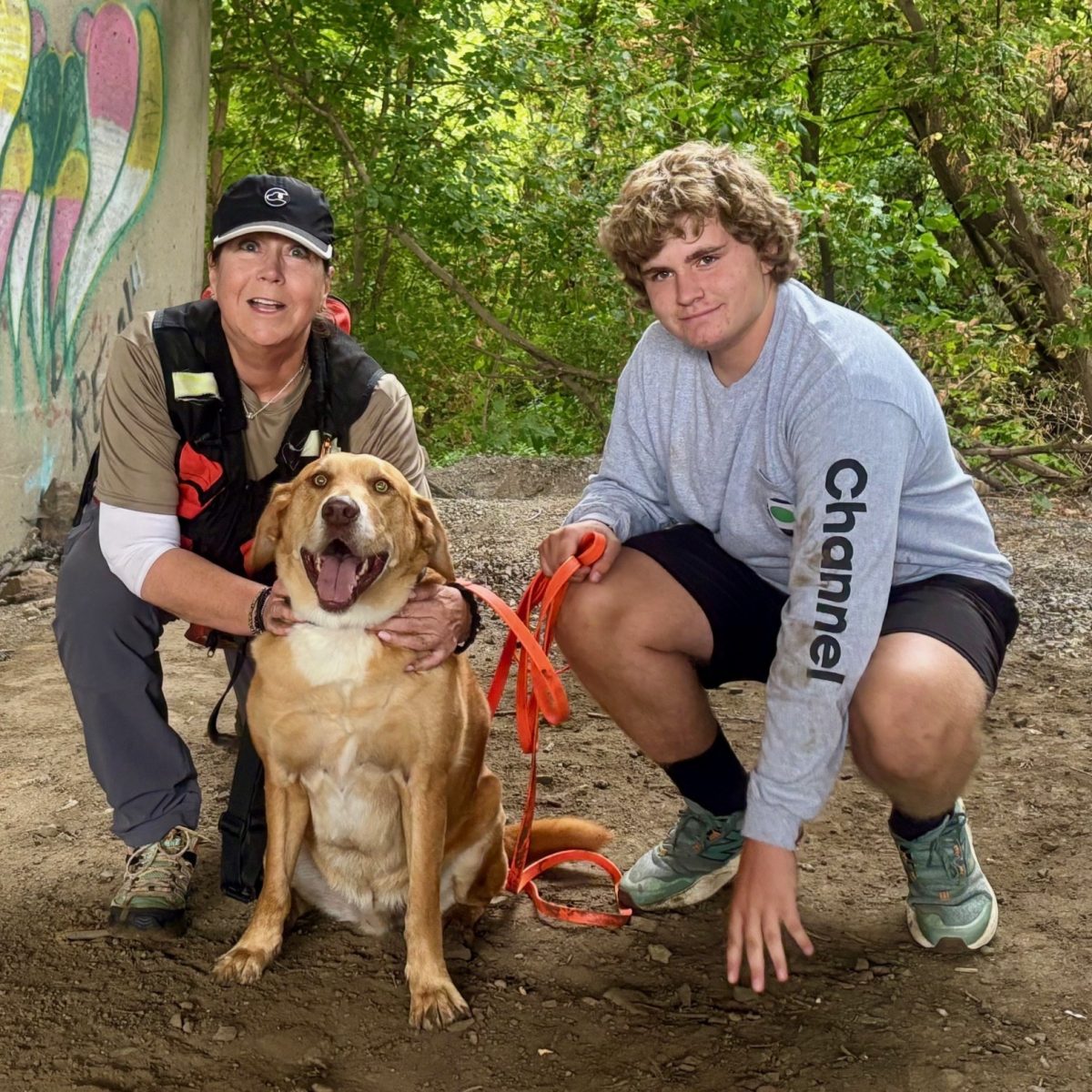The Tyrone Area Agricultural Education program participated in a Bioblitz event organized by Lisa Haas from the Blair County Conservation District on April 14, 2025.
Students were tasked with exploring and analyzing the seasonal changes that occur in the environment between the fall and spring seasons.
The changing weather led to the emergence of new vegetation and various species of macroinvertebrates across the Tyrone Area School District campus, showcasing the dynamic nature of local ecosystems.
Sophomore Josie Dicken emphasized the importance of the Bioblitz experience.
“I think that Bioblitz is beneficial because it helps the student understand creek health and what creatures go unseen, but are very important to the environment,” Dicken said.
Students utilized the iNaturalist app to identify unfamiliar species, contributing valuable data to the environmental science community.
By uploading their observations and photos, they enhanced their learning while supporting researchers and environmentalists who rely on shared data for ongoing studies.
In addition to species identification, students broadened their knowledge of local wildlife, discovering intriguing facts about bats, trout, and amphibians, learned to distinguish between flies, beetles, and true bugs, and practiced identifying animal skulls.
“My favorite part about Bioblitz was going down the river and looking for macro organisms. It was very interesting to see all the different organisms in the water and how they look,” freshman Alexis Martinez said.
The primary focus of the Bioblitz was stream health. By studying the biodiversity in these aquatic environments, students assessed the overall condition of the stream.
A key indicator species for stream health is the Eastern Hellbender, or Mudpuppy, which serves as a vital measure of water quality.
As Pennsylvania’s official state amphibian, the Hellbender is typically found in the eastern part of the state and thrives only in clean, healthy streams. Protecting their habitat is essential for maintaining ecological balance and water quality across the region.
















